Finding the Perfect Small Dining Table for 2: Cozy & Stylish Solutions
Finding the right small dining table for 2 can feel like a puzzle, especially when you're working with limited space. It's not just about fitting furniture in; it's about creating a functional, stylish spot for meals, chats, or even a quick work session. The goal is to pick something that feels right for your room, not like it's taking over. We're talking about tables that are smart, look good, and don't make you feel cramped. Think compact, adaptable, and visually light. This guide is here to help you pick a small dining table for 2 that makes your space feel bigger and more inviting.
Key Takeaways
- When picking a small dining table for 2, think about shapes like round or square, aiming for a size around 30-36 inches in diameter or width. Drop-leaf, foldable, or extendable tables are great for saving space and adding flexibility.
- Materials that look light, like glass or thin metal, can make a small dining area feel more open. Also, consider surfaces that are easy to clean and durable for everyday use.
- Look for adaptable designs. Tables with drop leaves, that fold, or extend are super useful. Built-in storage can also help keep things tidy without taking up extra room.
- Seating matters too! Compact chairs, stools that can be tucked away, or benches with storage are smart choices. They provide seating without feeling bulky.
- Placement and lighting are key. Put your small dining table for 2 near a window for natural light, or use lighting like a pendant lamp to create a defined, cozy zone. Floating the table can also help with movement around the room.
Choosing The Right Shape And Size For Your Small Dining Table For 2

When you're working with a smaller living area, picking the right dining table for two isn't just about fitting it in; it's about making it work for you. The shape and size can totally change how your space feels and functions. Let's break down what works best.
Round tables are often a go-to for small spaces, and for good reason. They don't have any sharp corners, which makes it easier to walk around them. This is a big deal when you're trying to squeeze a dining area into a tight spot. Plus, everyone sitting at a round table is pretty much equidistant from each other, which feels more intimate and conversational. It's like everyone's on the same team.
For a two-person setup, a round table around 30-36 inches in diameter usually hits the sweet spot. It's big enough to eat comfortably but small enough that it won't dominate the room.
Square tables can be fantastic, especially if you have a specific corner or nook you want to fill. They can tuck away neatly and create a really cozy dining spot. Think of it as your own little dining sanctuary. They also work well if you sometimes use the table for other things, like spreading out mail or doing a puzzle, because the flat sides give you a bit more surface area to work with.
- Tuckability: Square tables are great for fitting into corners or alcoves.
- Surface Area: Offers a bit more usable flat space compared to a round table of the same size.
- Visual Balance: Can create a nice, balanced look when placed centrally in a small zone.
Getting the size right is key. You don't want a table that feels cramped, but you also don't want one that's so big it makes your room feel smaller. For a table for two, aim for a diameter or width that's generally between 28 and 36 inches. The height should also be comfortable, usually around 29-30 inches from the floor to the tabletop. This standard height works well with most chairs and allows for comfortable legroom. Remember to check out compact kitchen ideas for more inspiration on making every inch count.
| Shape | Recommended Diameter/Width | Recommended Height |
|---|---|---|
| Round | 30-36 inches | 29-30 inches |
| Square | 30-36 inches | 29-30 inches |
Materials And Finishes That Enhance Small Spaces
When you're picking out a table for a smaller spot, the stuff it's made of really matters. It's not just about how it looks, but how it makes the whole area feel. Think about materials that don't weigh the room down visually.
Visually Light Materials Like Glass
Glass tops are a classic for a reason, especially in tight spaces. They let light pass through, making the table seem like it takes up less room. You can get them in clear, frosted, or even tinted finishes. Acrylic or lucite tables work similarly, offering a modern, almost invisible look. These materials are great because they don't block your view of the rest of the room, which helps the space feel more open. A glass-topped table can really make a small dining area feel much bigger than it is.
Durable And Easy-To-Clean Surfaces
Let's be real, a small dining table for two is going to get a lot of use. It might be for meals, but it could also be a spot for work, hobbies, or just spreading out mail. So, picking something that can handle a bit of wear and tear is smart. Look for finishes that are sealed or lacquered, like a good powder coat. These kinds of surfaces tend to resist stains and scratches better than unfinished wood. Plus, they're usually a breeze to wipe down after a spill or a messy craft project. Simple is best when it comes to upkeep.
Sustainable Material Considerations
More and more people are thinking about where their furniture comes from. If this is important to you, there are some great options. You can find tables made from reclaimed wood, bamboo, or recycled materials. Some manufacturers even offer certifications like Greenguard, which means the product meets strict standards for air quality. It's nice to know you can pick something stylish that's also a bit kinder to the planet. It doesn't have to be complicated; just looking for items made with recycled content or from fast-growing resources like bamboo is a good start.
Choosing the right materials can trick the eye into thinking your space is larger. Think about how light interacts with the surface and how much visual weight the material has. It's a simple way to make a big difference in how your small dining area feels.
Maximizing Functionality With Adaptable Designs
When you're working with a smaller living area, every piece of furniture needs to pull its weight. That's where adaptable dining tables really shine. They're designed to be flexible, giving you more space when you need it and getting out of the way when you don't. It's all about making your dining area work harder for you, without making it feel cramped.
The Versatility Of Drop-Leaf Tables
Drop-leaf tables are a classic solution for a reason. They usually have sides that can be folded down, instantly shrinking the table's footprint. This is perfect for daily use when it's just you or you and a partner. Then, when guests arrive, you just flip up the leaves to create more surface area. Some designs have one leaf, while others have two, giving you options for how much you want to expand.
- Great for tight spaces: Easily tucks against a wall when leaves are down.
- Flexible seating: Accommodates two for everyday meals and can expand for occasional guests.
- Simple operation: Usually just a matter of lifting and securing the leaves.
Foldable And Extendable Options
Beyond drop-leaf styles, there are other clever ways tables can adapt. Extendable tables often have hidden leaves that slide out or fold out from the center or ends. These can sometimes offer a more significant increase in size compared to drop-leaf models. Foldable tables, on the other hand, might be designed to fold completely flat against a wall, almost disappearing when not in use. This is a fantastic option if your dining area also serves another purpose, like a home office or craft space.
Here's a quick look at how they work:
| Type | How it Expands |
|---|---|
| Extendable | Hidden leaves slide out or fold from center/ends |
| Foldable | Folds flat against a wall or into a compact unit |
| Drop-Leaf | Sides fold down or up |
Making your dining table multi-functional means it can serve more than just meal times. Think of it as a workspace, a craft station, or even a spot for your morning coffee and newspaper.
Tables With Built-In Storage Solutions
Don't forget about storage! Some tables come with clever built-in nooks, drawers, or shelves. This is a game-changer for small apartments where every bit of storage counts. You can stash placemats, napkins, cutlery, or even small decorative items out of sight, keeping your dining area tidy and clutter-free. It means less searching for things when you need them and a cleaner look overall.
Smart Seating Solutions For Two
When you're working with a small dining area, the chairs you pick are just as important as the table itself. They can make or break the whole setup, affecting both how it looks and how easy it is to use. Forget those big, bulky chairs that just take up space. We're talking about smart choices that give you comfort without the bulk.
Compact Chairs And Stools
Think slim and trim. Chairs designed for smaller spaces often have a lighter frame or a more streamlined silhouette. They might not have massive, padded arms, but they offer enough support for a comfortable meal. Stools are another great option, especially backless ones. They can easily slide completely under the table when not in use, practically disappearing. This is a huge win for keeping pathways clear. Look for stools that are about 18 inches high for standard tables, or around 24-26 inches for counter-height tables.
- Stackable Chairs: Perfect for when you occasionally need an extra seat. They can be stacked and stored away neatly in a closet or corner.
- Slim-Profile Chairs: Opt for chairs with thin legs and a simple back. They take up less visual and physical space.
- Backless Stools: These are fantastic for tucking away and can often fit more people around a table than traditional chairs if needed.
The Benefits Of Storage Benches
A storage bench is like a secret weapon for small dining areas. It does double duty: it provides seating and hides away clutter. Imagine lifting the seat to stash away table linens, placemats, or even board games. It’s a cozy, casual seating option that can often fit two people comfortably, and it slides right up to the table without looking too heavy.
Storage benches are a game-changer for keeping your dining area tidy and functional. They offer a comfortable spot to sit and a hidden place for all those bits and bobs that tend to accumulate.
Sliding And Stackable Chair Ideas
Flexibility is key in a small space. Sliding chairs, especially benches or stools, can be pushed completely under the table, freeing up floor space. Stackable chairs are brilliant for when you have guests over. You can keep a couple of them tucked away, ready to be brought out and used when needed, then stacked and stored again. This means you don't have to have four chairs out all the time if you only usually need two.
Strategic Placement And Lighting For Your Dining Area
Figuring out where to put your tiny dining table can make a big difference. It’s not just about shoving it in a corner; it’s about making the space work for you. The right spot can make a small area feel much bigger and more inviting.
Utilizing Natural Light By Windows
If you have a window, use it! Placing your table near a window is a smart move. Natural light makes any room feel more open and cheerful. Plus, who doesn't love a nice view while they eat? You can even use the windowsill for a few small plants or to set down serving dishes when you're entertaining. It’s a simple way to add a bit of life to your dining nook.
Creating Defined Zones With Lighting
Lighting is your best friend when you're working with a small space. A good overhead light, like a pendant lamp, can really anchor your dining area. Aim to hang it about 30 to 36 inches above the table. This creates a cozy little zone that feels separate from the rest of the room. Wall sconces can also add a nice ambient glow without taking up floor space. Consider designer-approved ideas for lighting that can really transform your space.
Floating Tables For Better Movement
Don't feel like your table has to be stuck against a wall. Sometimes, pulling the table out a bit, even just a few inches, can create a better flow. This 'floating' effect makes it easier to walk around the table and the surrounding area. It makes the whole room feel less cramped and more intentional. It’s a small change that can really impact how the space feels and functions.
Styling Tricks To Make Your Small Dining Space Feel Larger
Sometimes, making a small dining area feel bigger is all about how you arrange things and the choices you make. It’s not about magic, but smart tricks that trick the eye. Think about how light bounces around and how furniture takes up visual space. Using mirrors and light colors can really open things up.
The Impact Of Mirrors And Light Colors
Mirrors are fantastic for small spaces. They reflect light, making the room feel brighter and more expansive. A well-placed mirror can almost double the perceived size of your dining area. Light colors on walls, like soft whites, pale blues, or gentle grays, also play a big role. They absorb less light than darker shades, making the whole room feel airier. Think about painting your walls a light, neutral shade. Even a subtle difference can make a noticeable change. Consider a glossy paint finish too; it reflects more light than a matte one.
Minimalist Decor For An Uncluttered Look
When you're working with limited square footage, less is definitely more. Clutter can make a small space feel cramped and chaotic. Stick to a minimalist approach for your decor. Choose a few key pieces that you love rather than many small items. For your dining table, maybe opt for a simple vase with a single stem or a small, elegant centerpiece. Keep surfaces clear as much as possible. This applies to your chairs too; look for designs that are sleek and don't have too much bulk. This approach helps create a sense of calm and spaciousness. You can find some great ideas for small room design here.
Using Area Rugs To Anchor The Space
An area rug might seem counterintuitive in a small space, but it can actually help define your dining area and make it feel more intentional. Choose a rug that's large enough for your table and chairs to sit on comfortably, even when the chairs are pulled out. This creates a distinct zone for dining. A rug with a light color or a subtle pattern can add visual interest without overwhelming the space. It helps ground the dining set and makes the area feel more cohesive. Avoid rugs with very busy or dark patterns, as these can make the space feel smaller.
Practical Considerations For Small Space Dining

So, you've picked out a cute table for two, but before you commit, let's chat about a few things that can make or break your small dining setup. It's not just about how it looks, but how it actually works in your everyday life. Thinking these through now will save you a headache later.
Ensuring Accessibility and Clearance
This is super important, especially if you or someone you might have over uses a wheelchair or walker. You want to make sure there's enough room to actually get around the table comfortably. A good rule of thumb is to have at least 36 inches of clear space around the table's edge. This allows for easy movement and makes the whole area feel less cramped. It's one of those details that really matters when you're working with limited square footage. If you're looking for furniture that meets certain standards, keep an eye out for items with LEED credits or Greenguard certification, as these often align with air quality and sustainability goals.
Easy Maintenance and Upkeep
Let's be real, a small dining table for two often pulls double duty. It's not just for meals; it might be a spot for work, hobbies, or even just sorting mail. Because it's going to get a lot of use, picking surfaces that are easy to clean and can handle a bit of wear and tear is key. Think about finishes that are stain- and scratch-resistant, like lacquered wood or sealed surfaces. These make wiping up spills and dealing with daily scuffs a breeze. Also, consider how easy it is to move. If you're renting or might move in the future, tables with removable legs or modular designs can be a lifesaver. And a little tip: adding felt pads under the table legs will protect your floors from scratches, which is always a good move.
Visualizing Your Space Before Buying
It's easy to fall in love with a table online or in a showroom, but seeing it in your actual space is a different story. Before you click 'buy,' take some time to really picture it. Measure everything out – your space, the table, and the chairs. You can even use online tools or apps that let you virtually place furniture in a room. This helps you avoid the dreaded 'oops, it doesn't fit' moment and saves you the hassle of returns. It's all about making sure the table you choose not only looks good but also functions perfectly within your home.
Don't underestimate the power of a well-placed table. Even a small one can make a big difference in how your space feels and functions. Thinking about flow, ease of cleaning, and how it fits visually before you buy can save you a lot of trouble down the line.
Making a small dining area feel special is totally doable! Think smart furniture choices and clever decor. Want to see how you can transform your cozy spot? Check out our amazing selection of dining tables and chairs on our website to find the perfect fit for your space.
Your Cozy Corner Awaits
So, finding the right small dining table for two isn't about making huge compromises. It's really about smart choices that make your space work better for you. Whether you're grabbing a quick breakfast, settling in for a work-from-home session, or enjoying a nice dinner, the perfect table can totally change your everyday life. Think about what you'll use it for most, pick a shape and size that fits, and don't forget about materials that are easy to clean. With a little planning, you can create a dining area that's not just functional, but also super stylish and inviting, no matter how small your place is. Happy dining!
Frequently Asked Questions
What's the best shape for a tiny dining table for two?
For small spots, round tables are awesome because they let you walk around easily. Square tables are also great because they can fit snugly into corners. Aim for a table that's about 30 to 36 inches wide or in diameter to find that sweet spot between cozy and cramped.
Can a small table be used for both eating and working?
Totally! Look for tables that have some storage built-in, a strong surface, and chairs that are comfy enough for sitting a while. A table that does double duty is a smart way to get more value from your furniture.
How can I make my small dining area feel bigger?
Try using mirrors, clear or see-through chairs, light paint colors on the walls, and let in as much natural light as possible. Keep the decorations on your table simple so it doesn't look messy.
Are there other seating options besides regular chairs?
Yes! Benches and stools are fantastic for small spaces. Benches can slide right under the table to save room, and stackable stools can be tucked away neatly. Folding chairs are also a good choice.
What kind of materials are best for small dining tables?
Materials that look light, like glass or ones with thin metal legs, can make a space feel more open. Also, think about surfaces that are easy to wipe clean, like sealed wood or laminate, since small tables often get a lot of use.
How much space do I need around a small dining table?
It's a good idea to have at least 36 inches of clear space around the table. This makes it easy to get in and out of chairs and walk around without bumping into things, which is especially important if someone uses a wheelchair or walker.


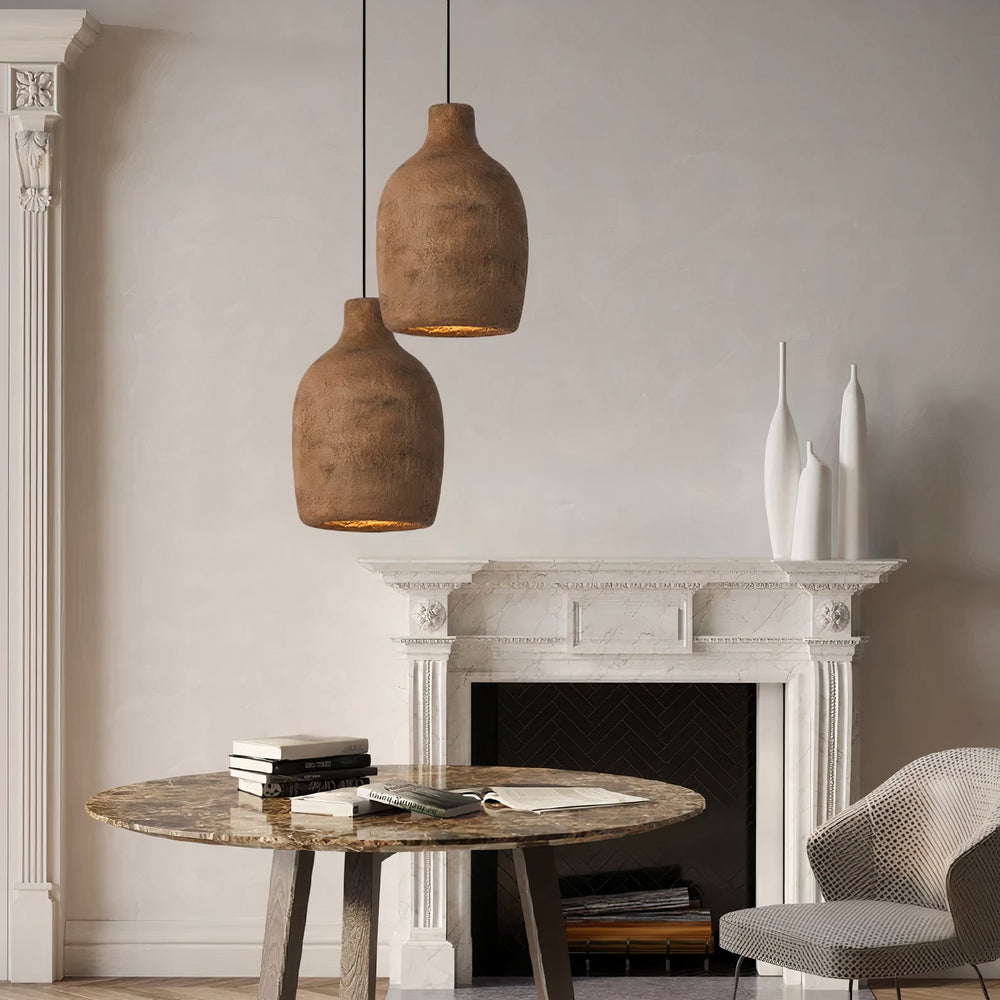
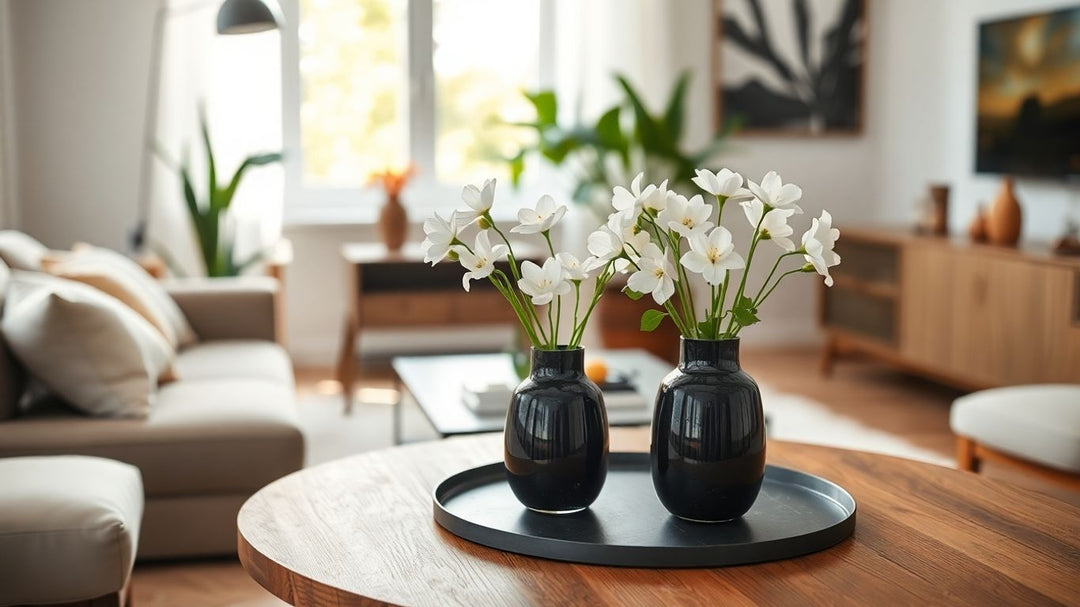
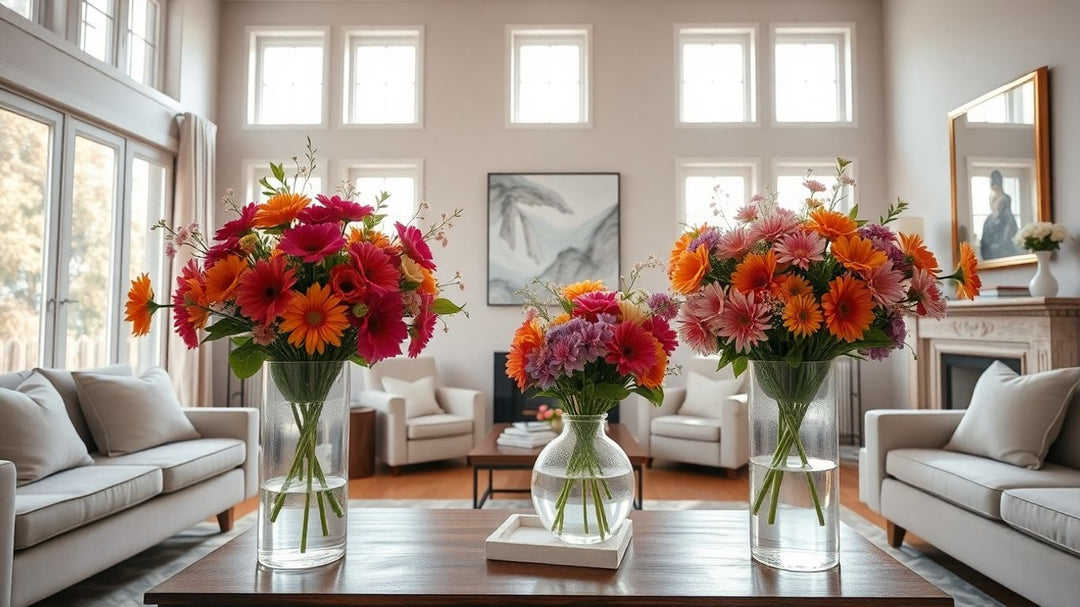
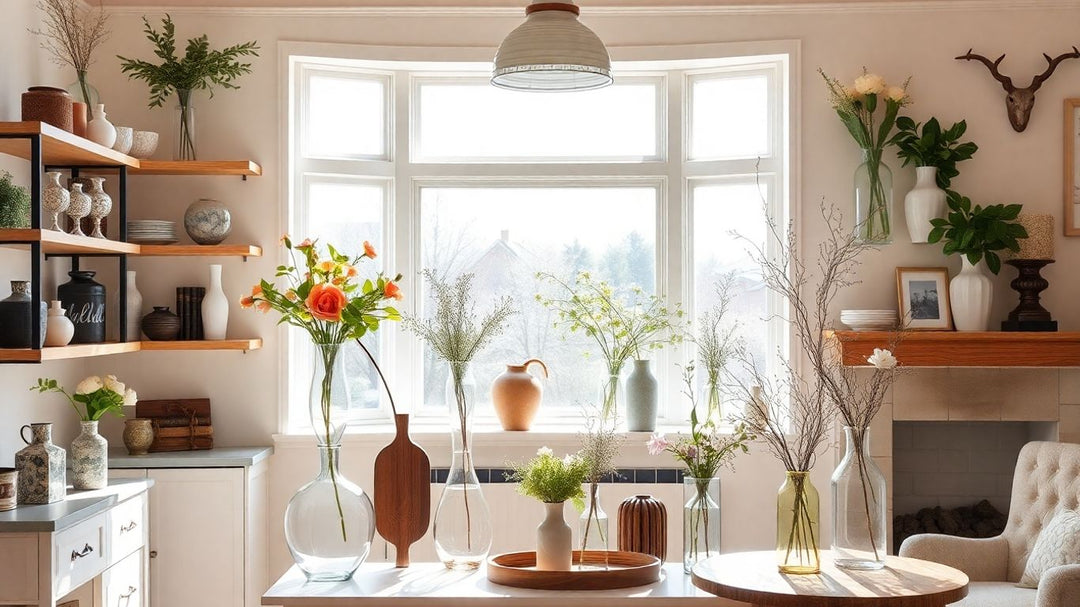
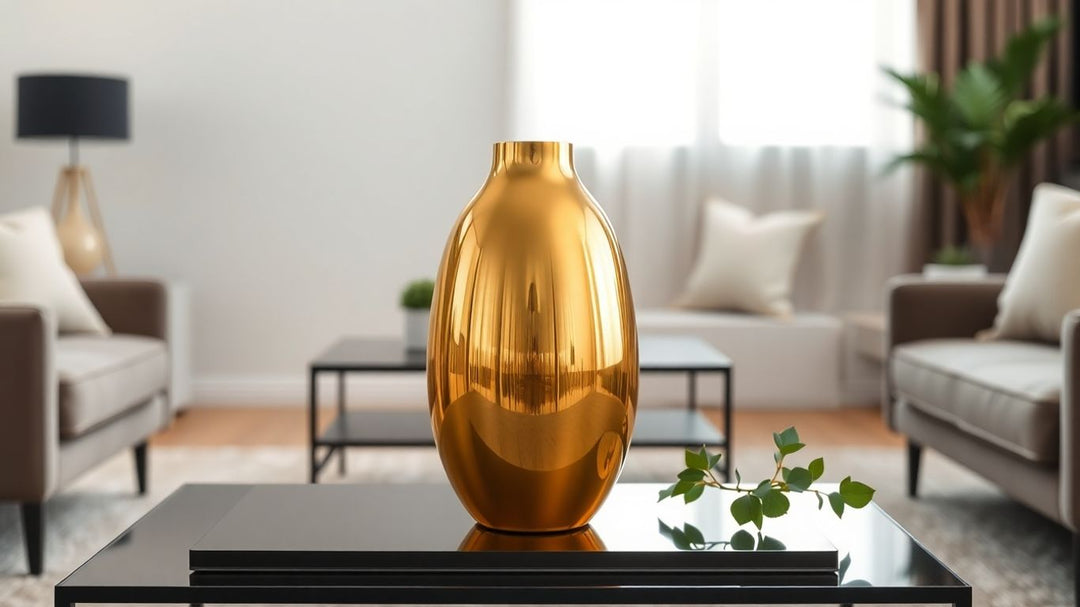
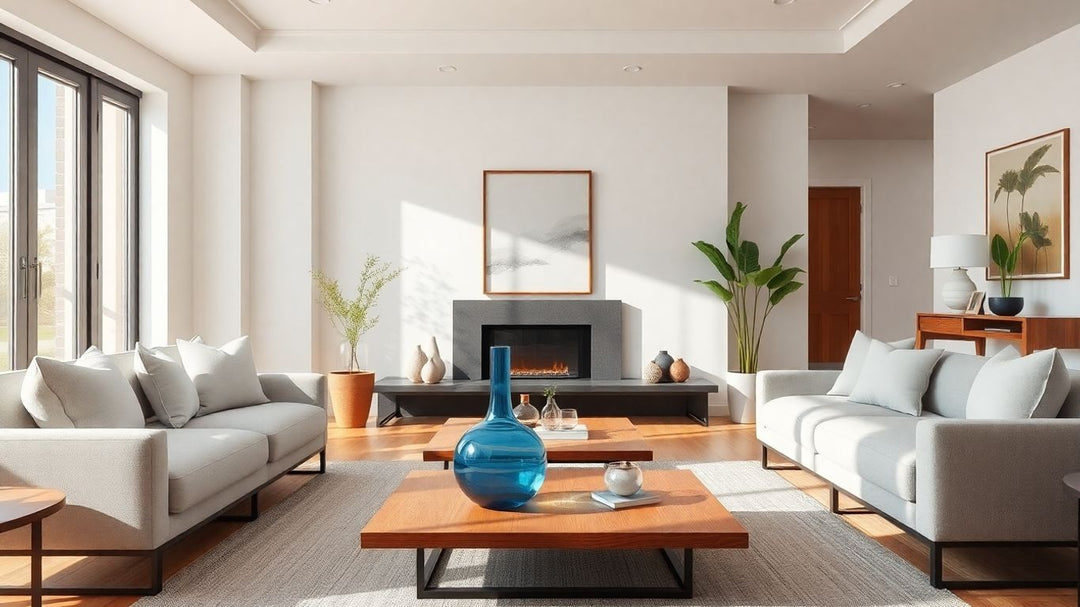
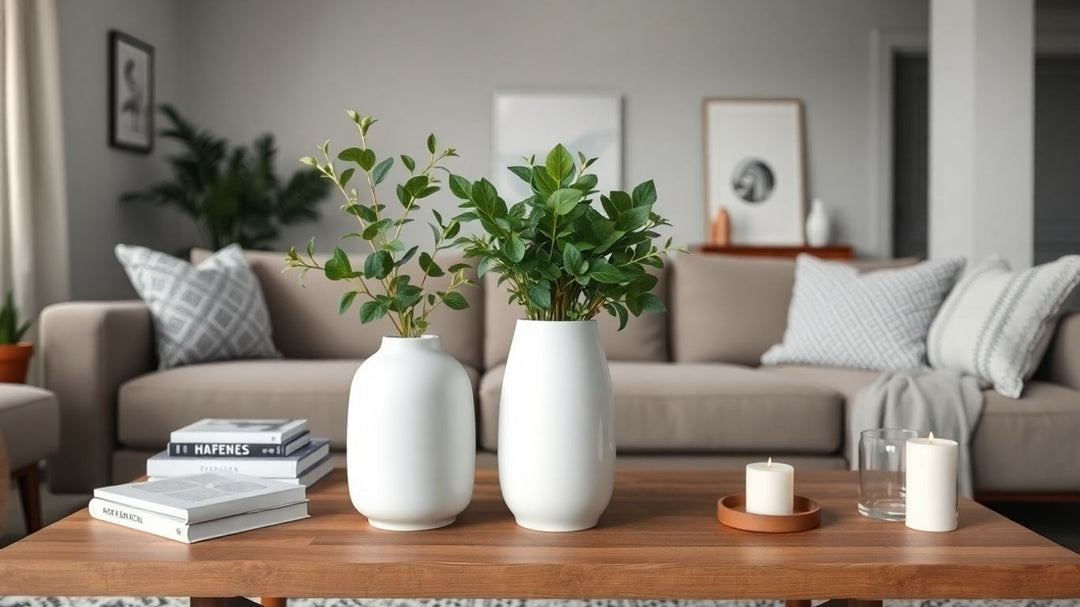
Leave a comment